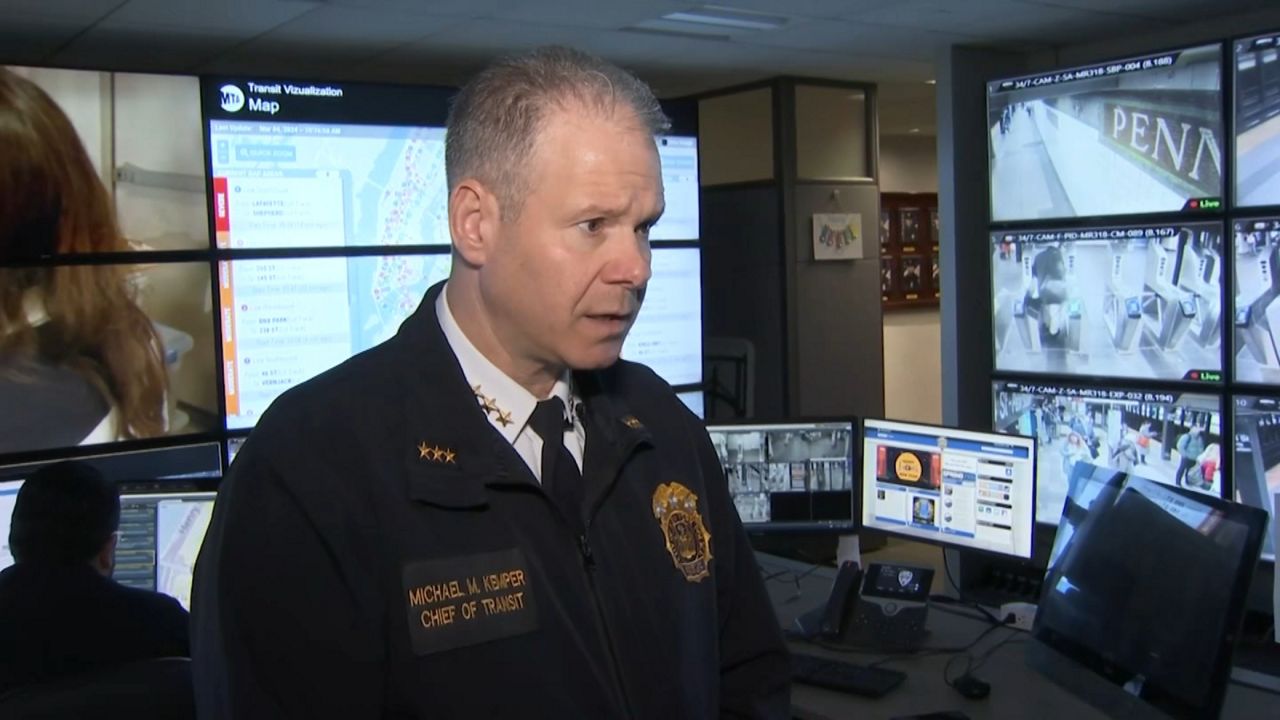There are some frustrations that may have been fixed in the future if congestion pricing began on its scheduled date, June 30.
The MTA expected the plan to generate $1 billion a year to fund its capital projects.
This included modernizing signals for the A and C trains along the Fulton line, to improve the timeliness of service and making more stations accessible to people with disabilities, such as the Hoyt-Schermerhorn Street station.
“The governor has to come up with a new source of revenue,” Joe Rappaport, the executive director of the Brooklyn Center for Independence of the Disabled, said.
The Brooklyn Center for Independence of the Disabled is a group that is part of a civil rights case, which requires the MTA to make 95% of subway stations accessible by 2055.
“The subways are the cliche are the lifeblood of the city,” Rappaport said. “People with disabilities want to travel around just like everybody else.”
There are 151 of 472 stations that have elevators or are accessible to riders with physical disabilities.
Disability advocates said they are worried the pace of installing elevators will slow without the money from congestion pricing.
“She needs to come up with another source of revenue. She needs to get it passed by the legislature and she needs to do it quickly, otherwise we wonder about her commitment that she made two years ago to accessibility in the subways and in the state, for that matter,” Rappaport said.
It’s not just accessibility and signal upgrades dependent upon the now stalled congestion pricing, the MTA planned to borrow $15 billion against the $1 billion per year expected.
Upgrades to stations in all five boroughs are in jeopardy, as well as the purchase of 250 electric buses and new subway cars to replace half-century old trains. The MTA had predicted it would fall behind on general maintenance to the entire transit system without the revenue.


_Pkg_Cong_Pricing_PROJECTS_Clean?wid=320&hei=180&$wide-bg$)

_PKG_DOT_BQE_Improvements_CG_131225588_368)
_Grand_Army_Plaza_PKG_CG)
